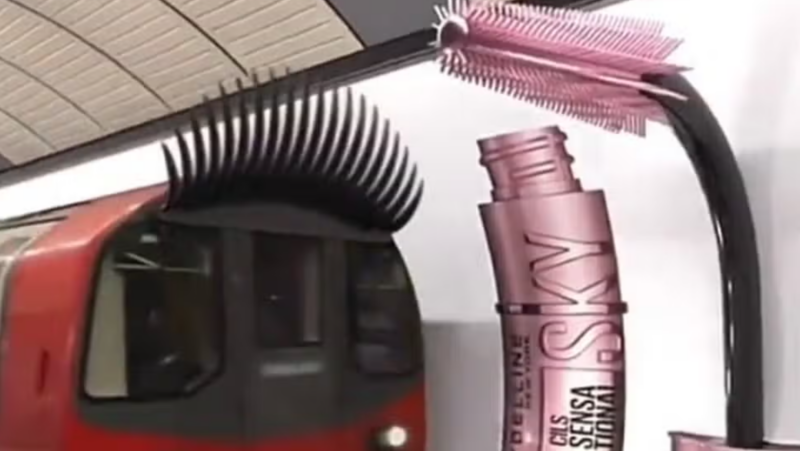What does the rise of faux OOH ads mean for adland?
Since we saw giant Jacquemus bags zipping around the streets of Paris, more brands have delved into ‘faux OOH’ ads. But in the era of misinformation, who do they benefit? Veridooh co-founder Mo Moubayed explores further.
Hardly a month goes by without a new trend popping up in advertising, and the latest one is the rise of what is being dubbed ‘faux OOH’ ads. This is where brands create videos of captivating — but fake — OOH activations and post them online to create buzz around their brands.
We’ve had Jacquemus handbags driving through Paris, Maybelline putting mascara on a London underground train, Adidas’ 3D billboard celebrating Lionel Messi’s World Cup win, and more recently, and perhaps most controversially, Gymbox’s mockup of ads on top of buses.


